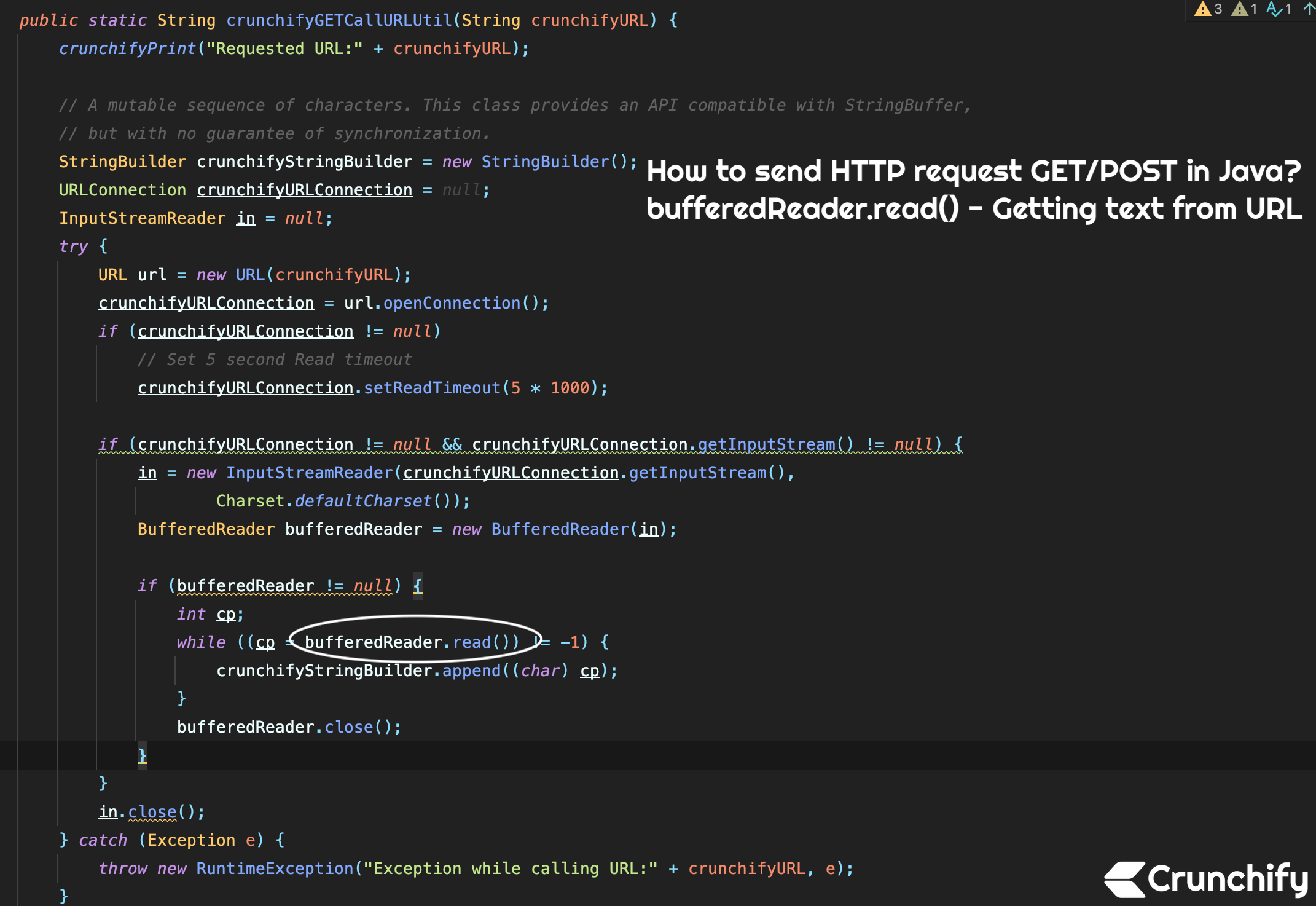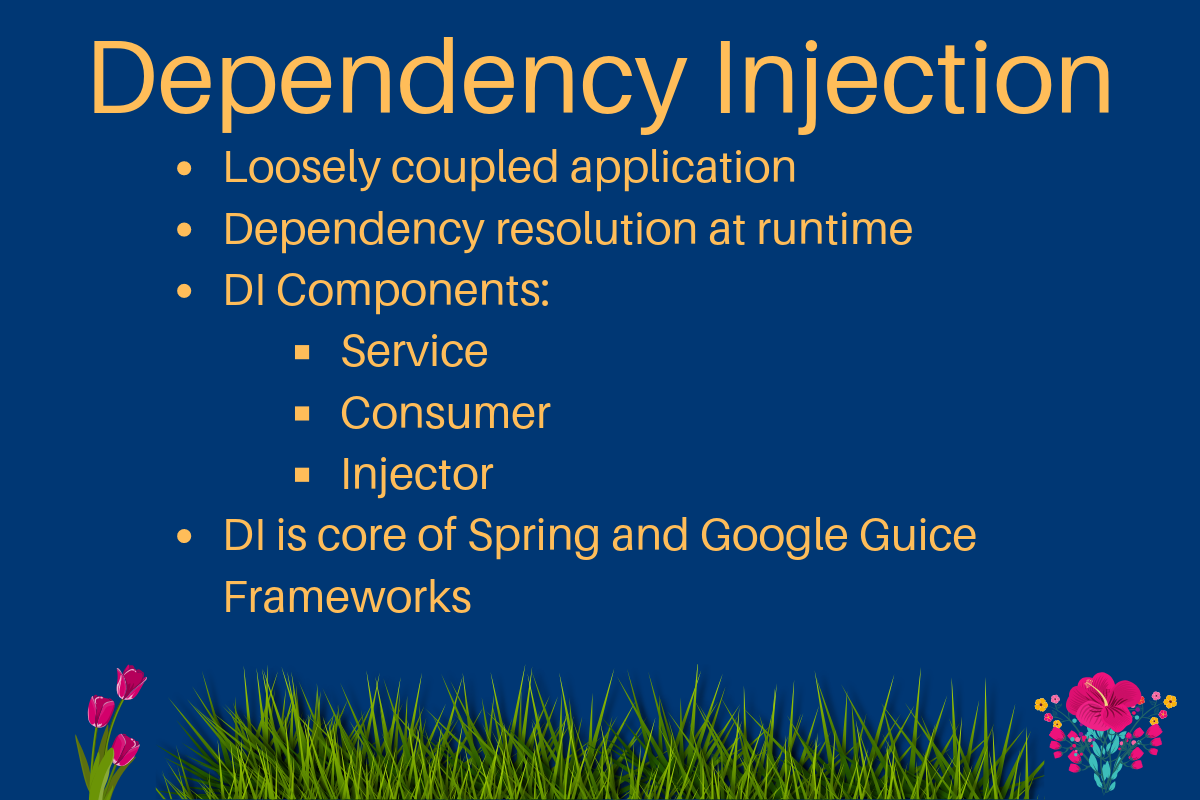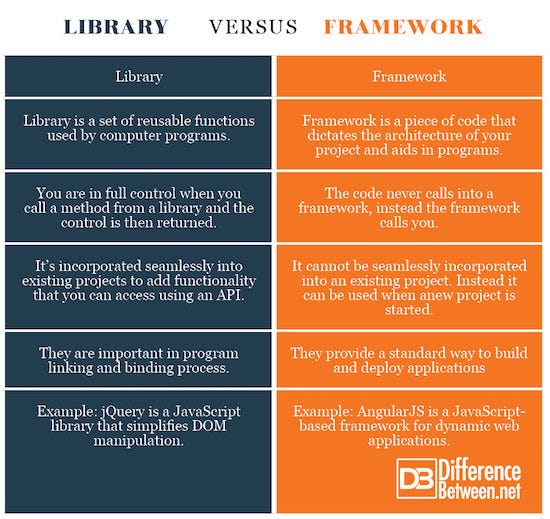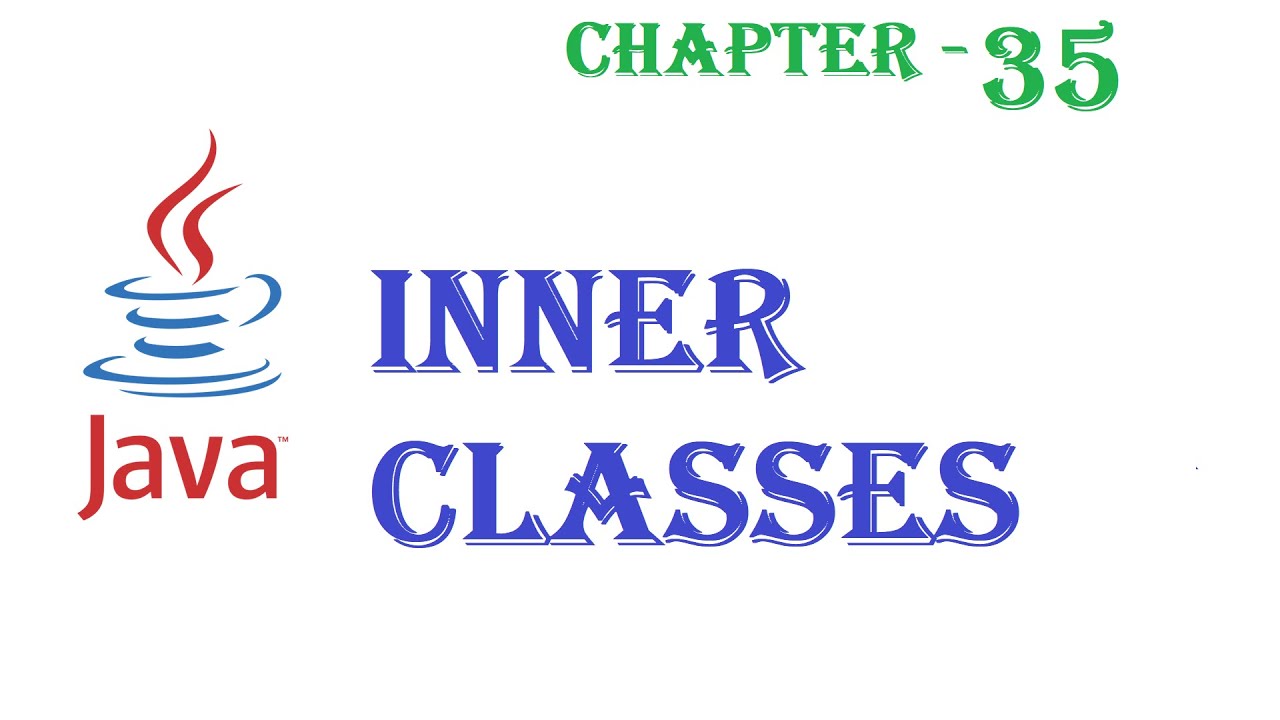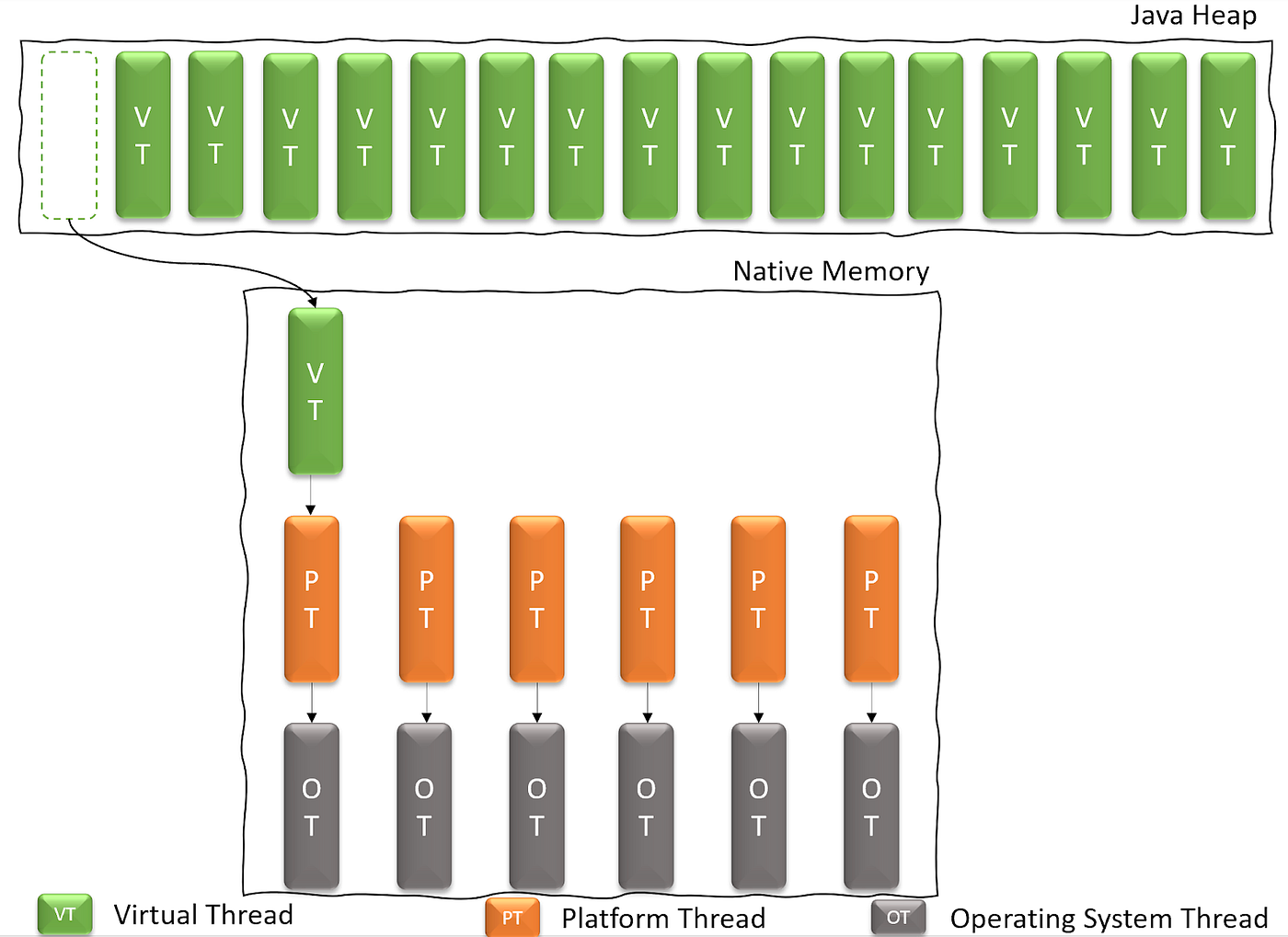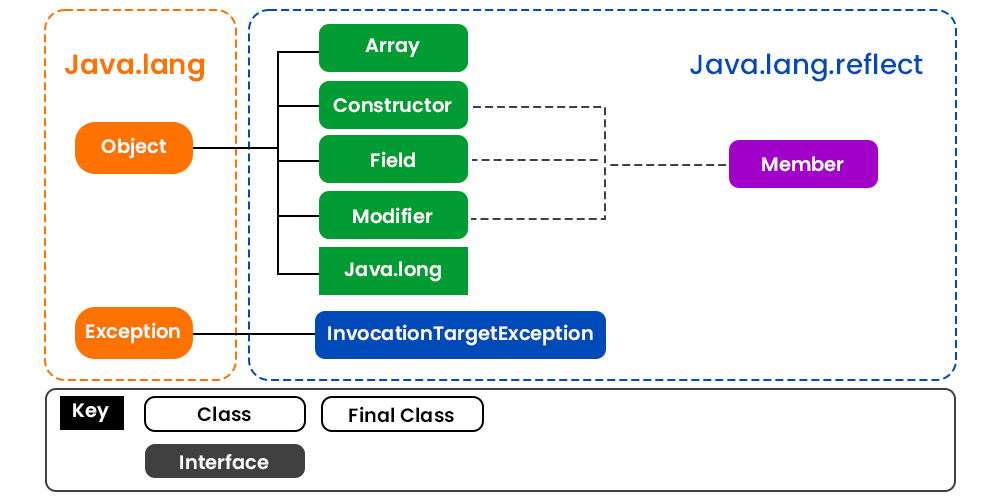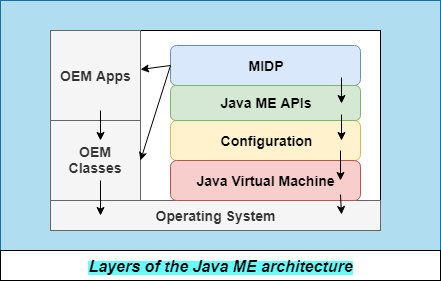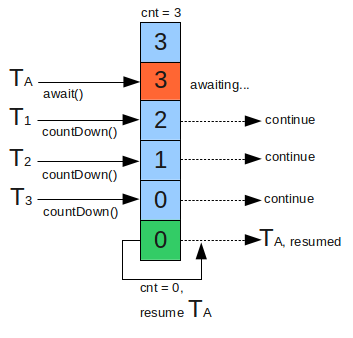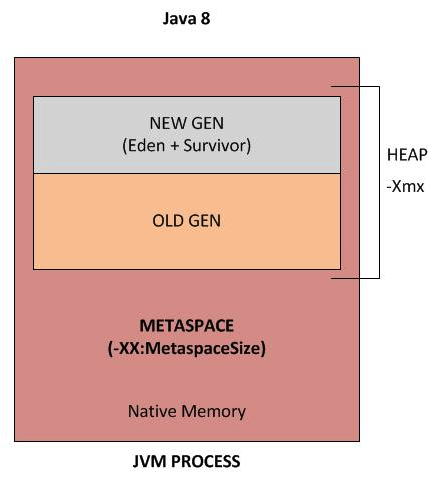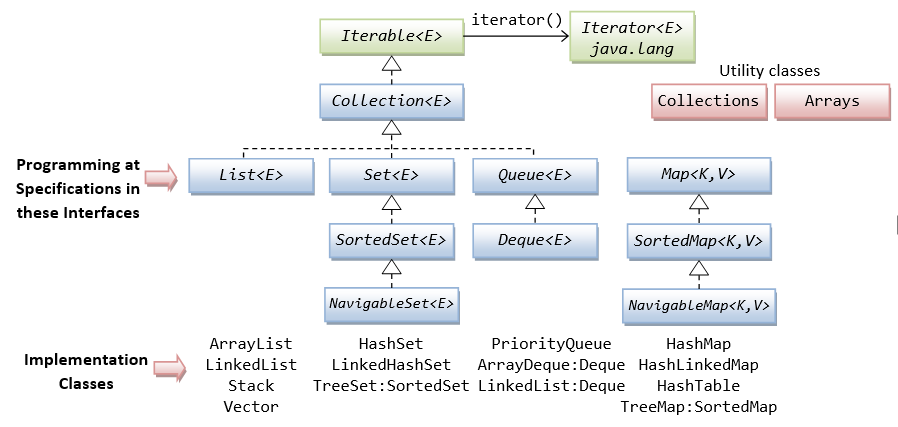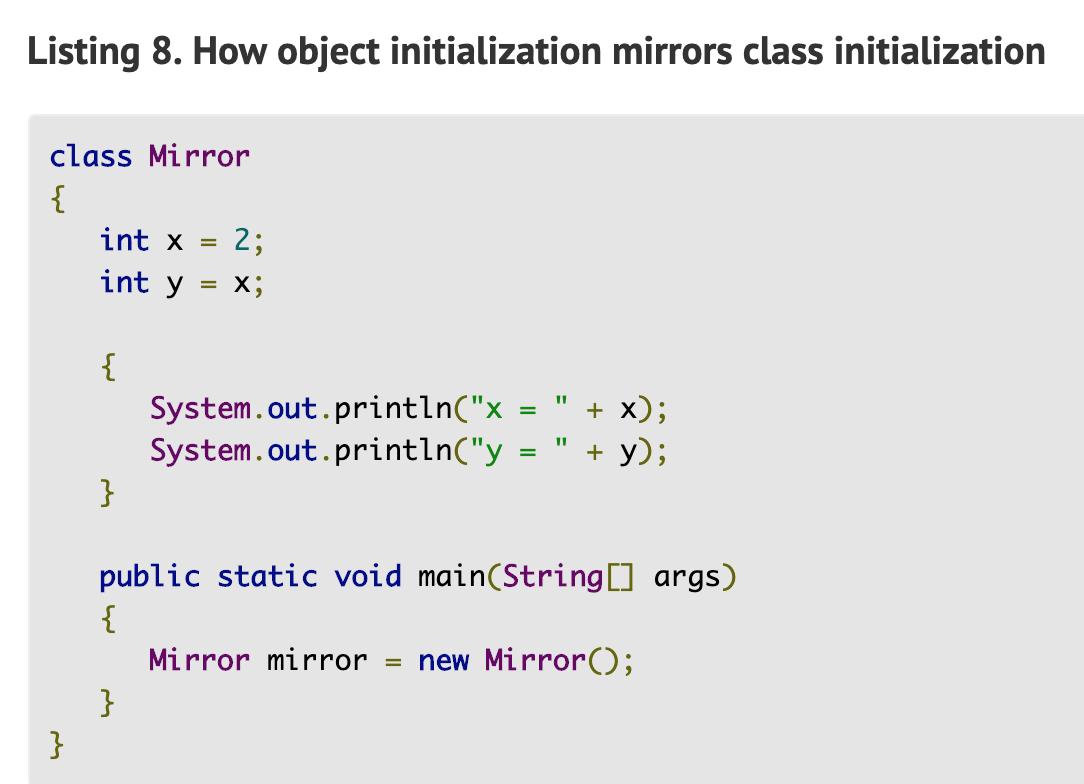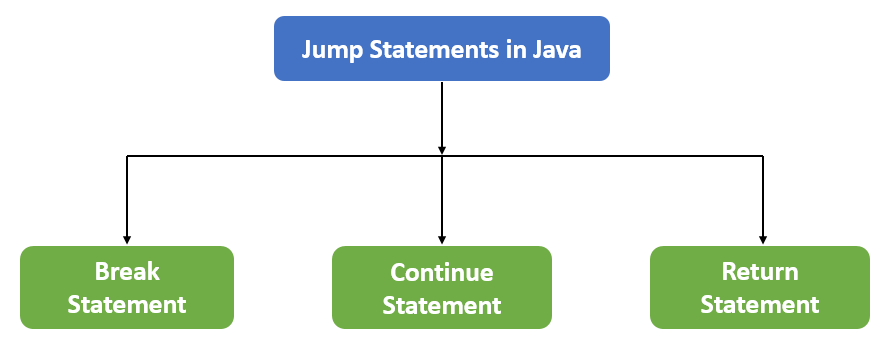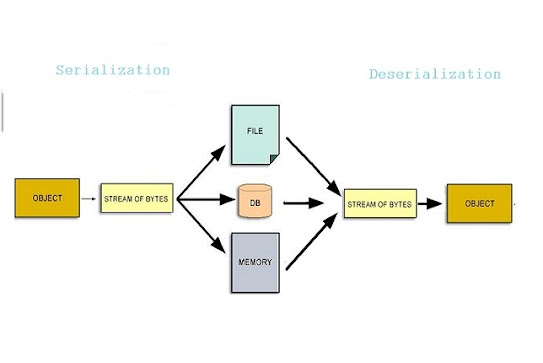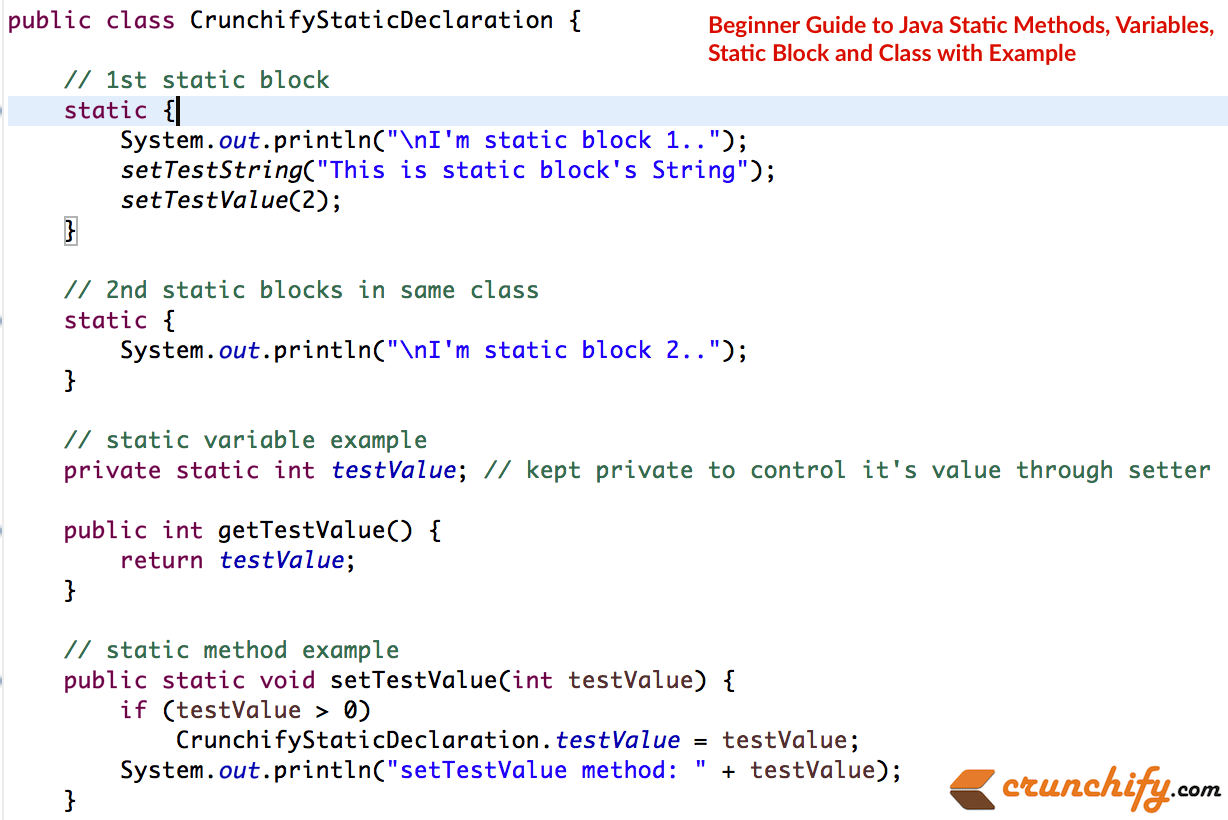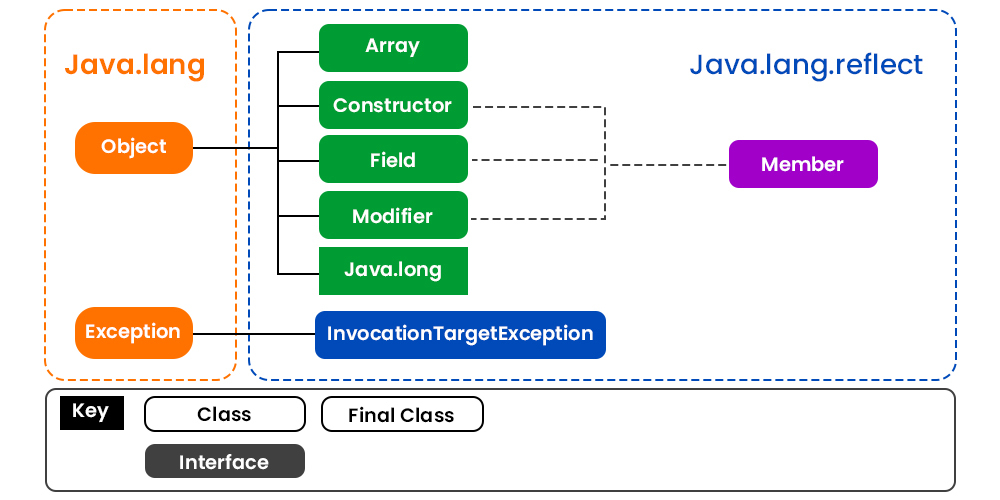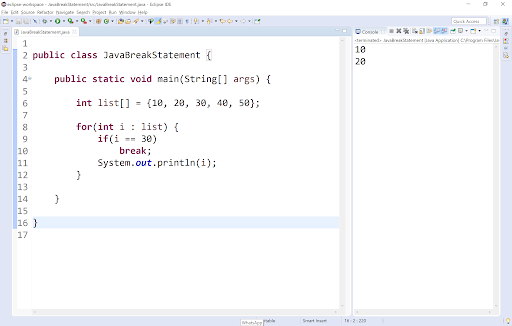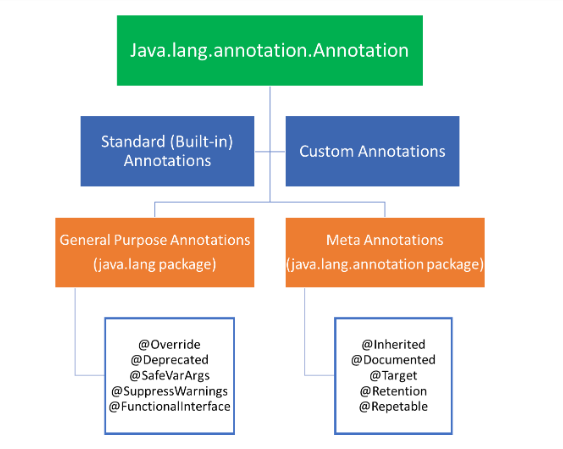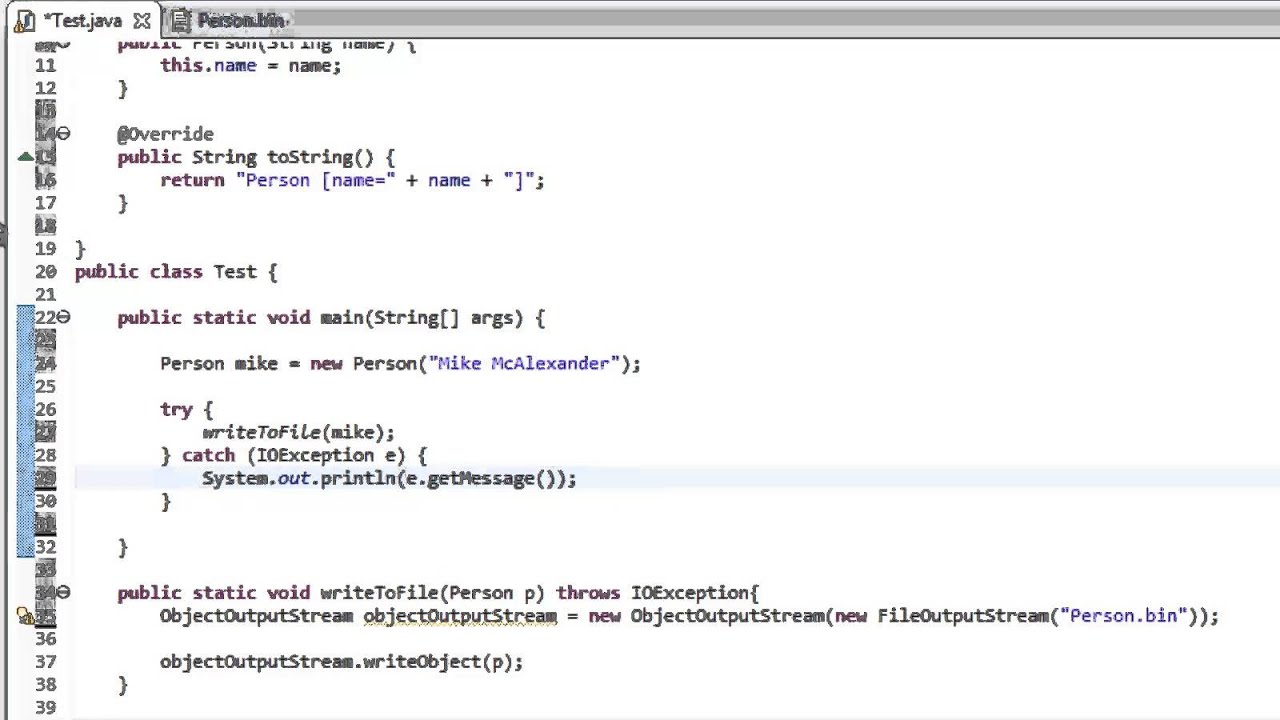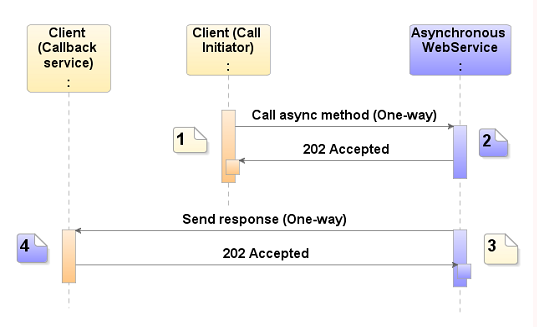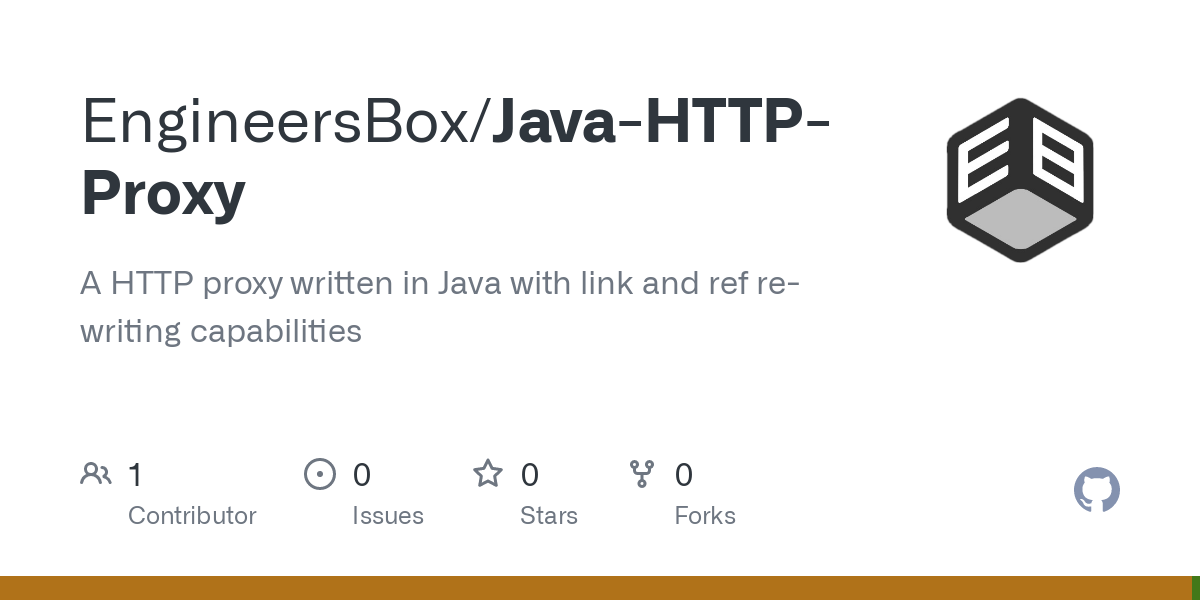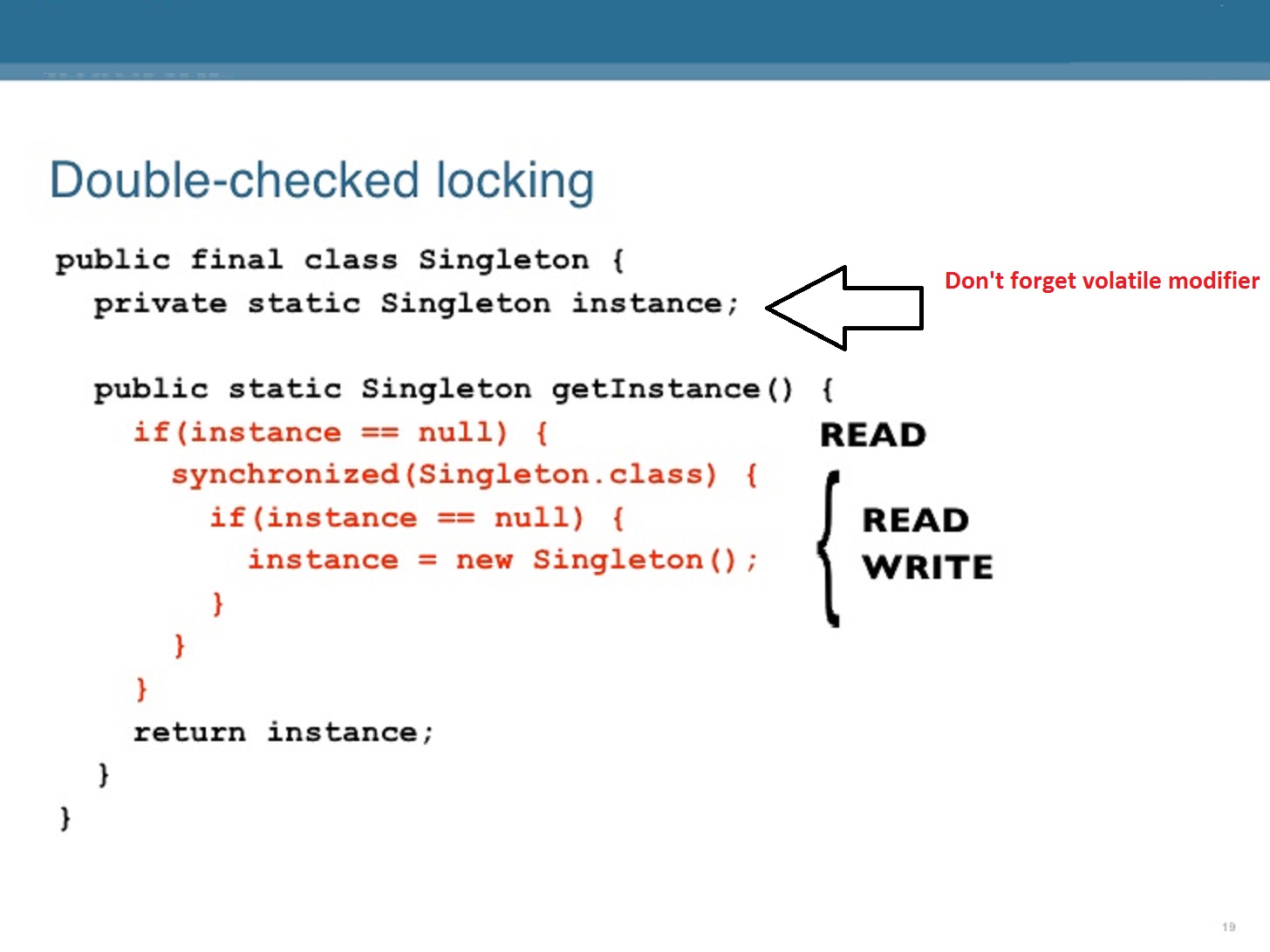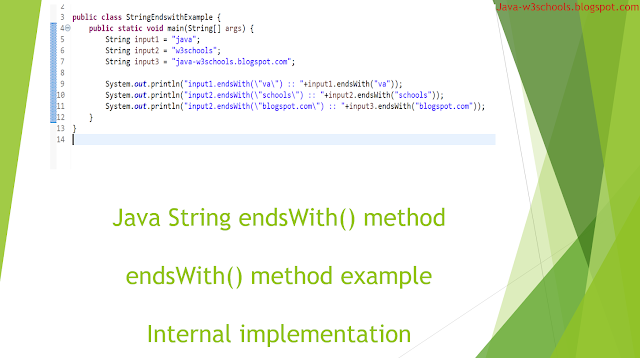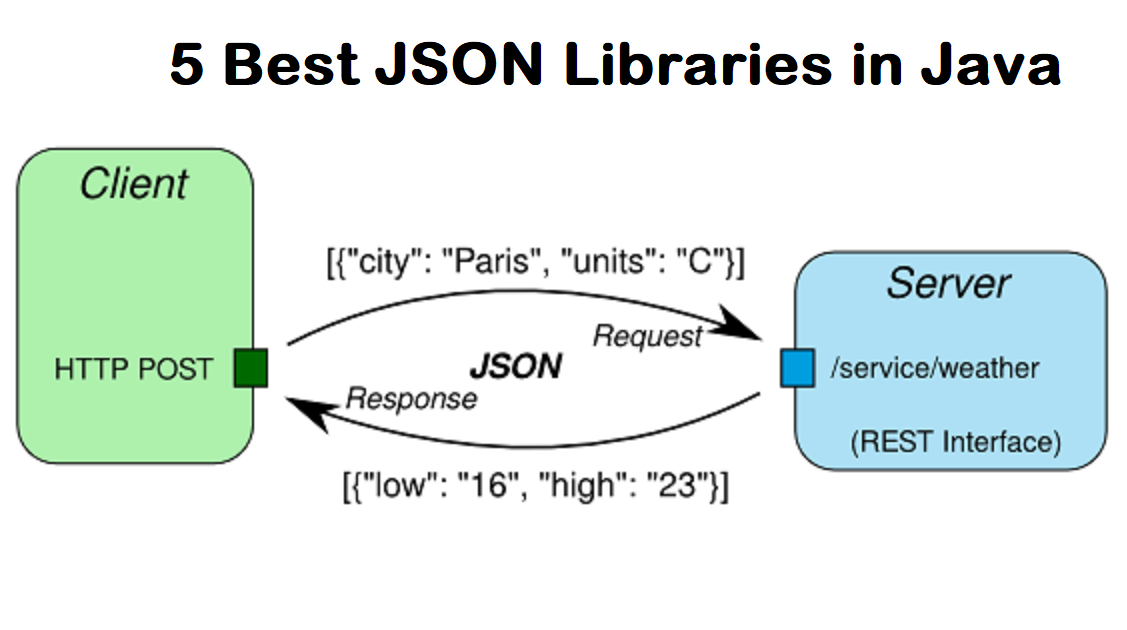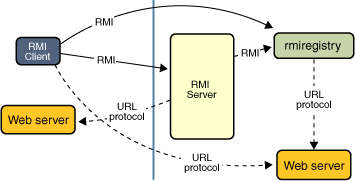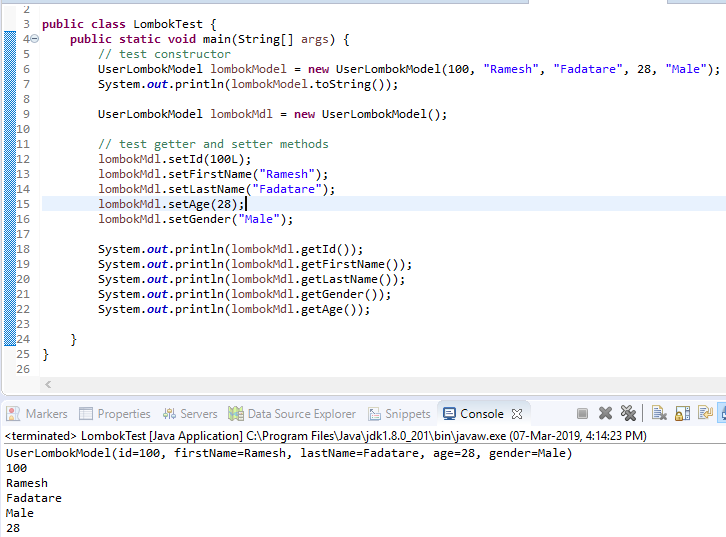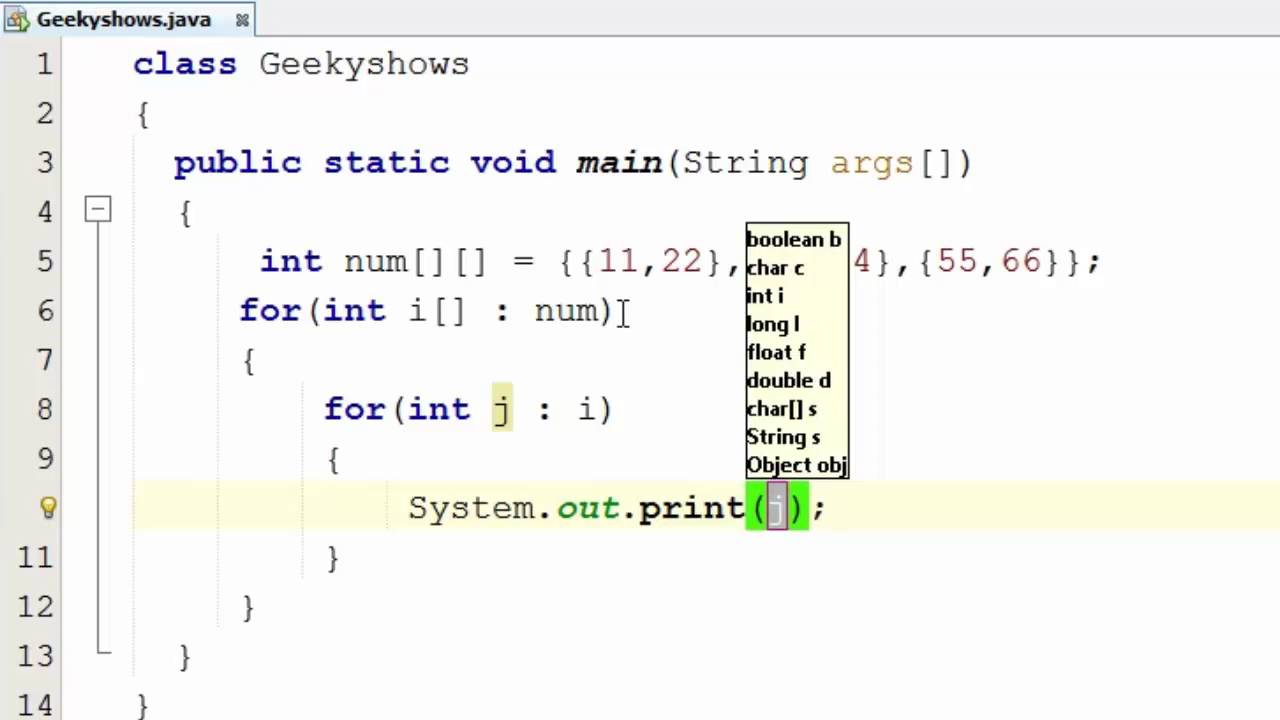How to handle the exception in Java?
How to handle the exception in Java?
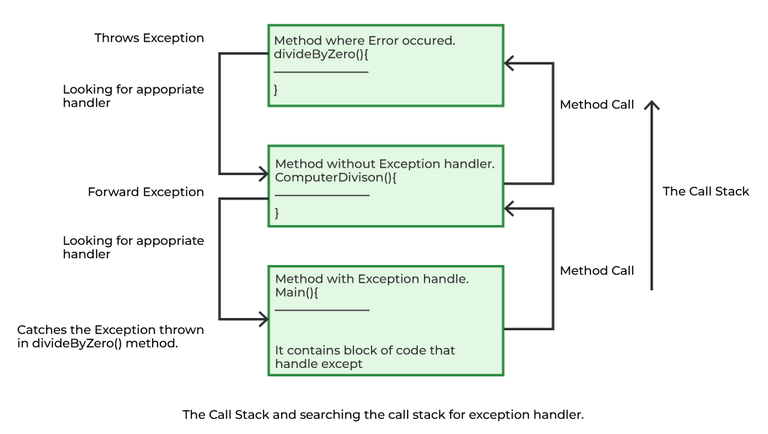
Handling exceptions in Java is an essential part of programming that helps your application recover from unexpected errors or unusual situations. In this response, I'll provide a comprehensive overview of how to handle exceptions in Java.
What are Exceptions?
In Java, an exception is an event that occurs during the execution of a program that disrupts the normal flow of instructions. It's like a "speed bump" on the road; your program hits an unexpected situation, and you need to decide what to do next. Common examples include file not found, network connection failed, or division by zero.
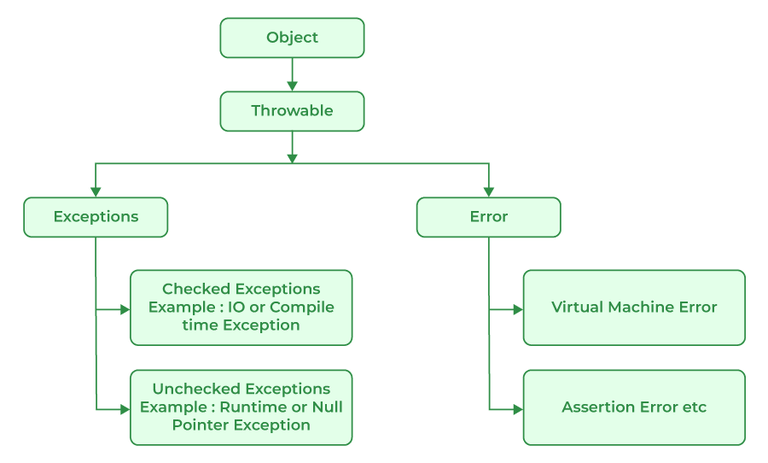
Exception Hierarchy
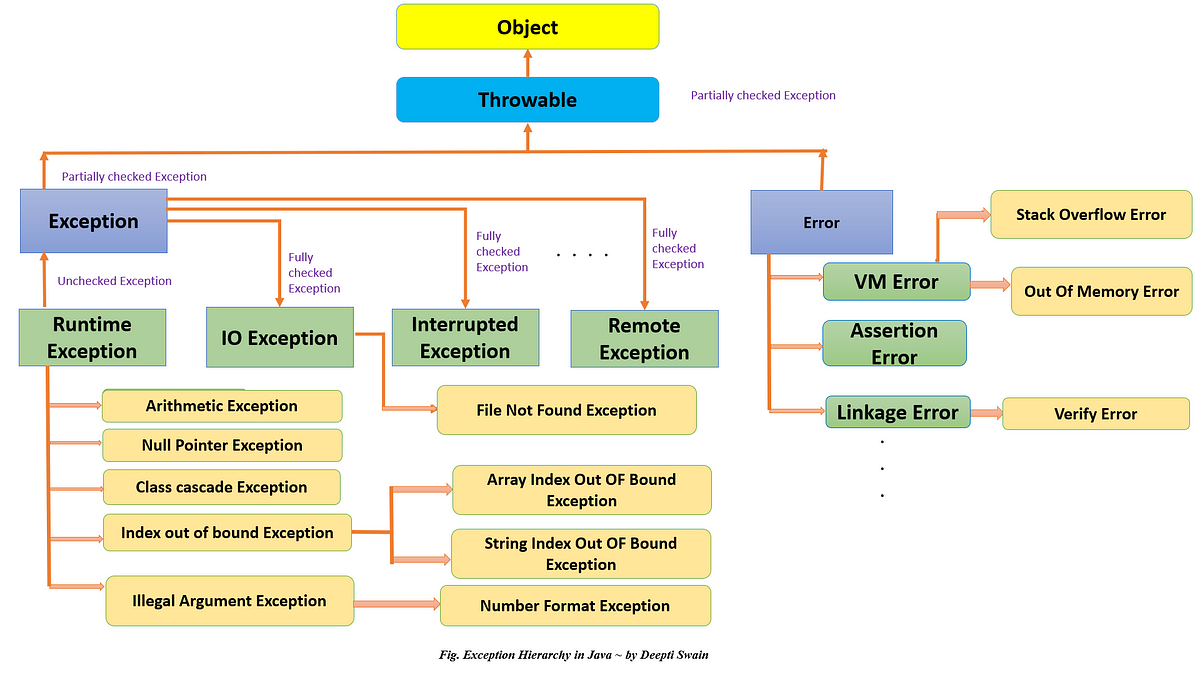
Java provides a built-in exception hierarchy that includes several types of exceptions:
Throwable: The topmost class in the exception hierarchy, which includes both Error and Exception.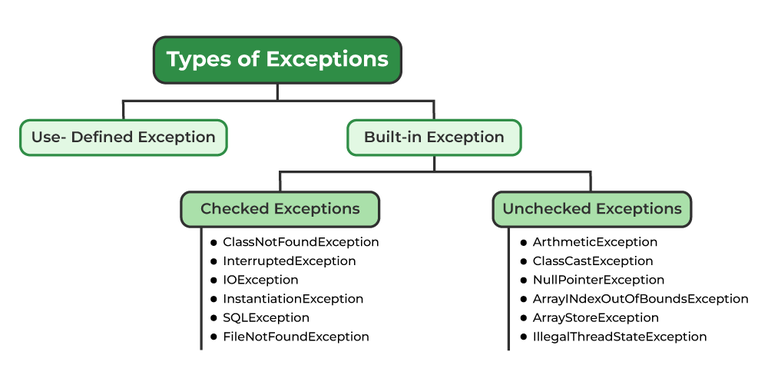
Handling Exceptions
There are several ways to handle exceptions in Java:
try-catch block: Wrap code that might throw an exception within a try statement, followed by one or more catch blocks to handle the exception. The catch block will execute when an exception is thrown.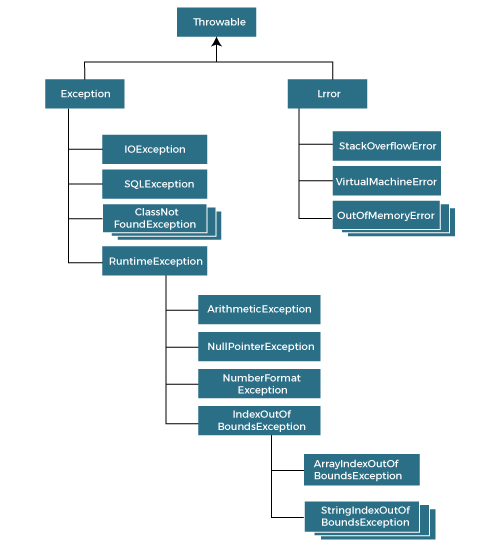
try {
// code that might throw an exception
} catch (Exception e) {
// code to handle the exception
}
try {
// code that might throw an exception
} catch (Exception e) {
// code to handle the exception
} finally {
// clean-up code
}
throws keyword in its declaration.
public void myMethod() throws IOException {
// code that might throw an IOException
}
Best Practices
When handling exceptions in Java:
Catch specific exceptions: Catch the most specific exception type possible to ensure you handle the right kind of exception. Avoid catchingException: Instead, catch more specific types like IOException, NullPointerException, etc. Log and rethrow exceptions: Log the exception, and then rethrow it if it's not handled within a try-catch block. Provide meaningful error messages: Make sure your application provides users with helpful error messages.
Exception Handling Strategies
Error handling: Catch and handle specific errors to prevent your program from terminating abnormally. Fault-tolerant programming: Design your application to recover from failures, such as re-trying a failed operation or providing alternative paths. Predictive programming: Anticipate potential exceptions by validating user input, checking for null values, and handling edge cases.By following these guidelines and best practices, you'll be well-equipped to handle exceptions in Java like a pro!
References:
Oracle's Official Java Tutorials - Exceptions Java API Documentation - Throwable Clean Code: A Handbook of Agile Software Craftsmanship by Robert C. MartinWhat is exception in java with example javatpoint
I'll respond in English as you requested.
An exception in Java is an object that represents a runtime error, such as a null pointer or divide-by-zero error. Exception handling is the process of catching and recovering from exceptions. In Java, exceptions are used to handle abnormal program terminations, such as division by zero or attempting to access a null object.
Here's an example at Javatpoint:
Let's say you have a method that calculates the area of a rectangle. If the user enters invalid values for width and height (like a negative value), your program will crash with an ArithmeticException. This is where exceptions come in handy.
public class Rectangle {
public double area(double width, double height) throws Exception {
if(width < 0 || height < 0)
throw new Exception("Width or Height cannot be negative");
return width * height;
}
}
Now let's use this method and catch the exception:
public class Main {
public static void main(String[] args) throws Exception{
Rectangle r = new Rectangle();
try{
System.out.println("Area : " + r.area(-5, 10));
}catch(Exception e){
System.out.println(e.getMessage());
}
}
}
When you run this program and enter negative values for width or height (like -5), it will print:
Width or Height cannot be negative
This shows that the exception was caught by the try-catch block, preventing your program from crashing.
Here are some important points about exceptions in Java:
Try-Catch-Finally: You can use a try statement to enclose a block of code where you might expect an exception to occur. A catch block can then handle the exception. Finally, a block of code that is always executed, regardless of whether an exception was thrown or not. Throw: You can use the throw keyword to manually create and throw an exception. catch: You can use the catch keyword to catch an exception. You can specify which type of exception you want to catch (or use a generic Exception). Finally: The finally block is always executed, regardless of whether an exception was thrown or not. Multiple Catch Blocks: You can have multiple catch blocks for different types of exceptions. Exception Hierarchy: In Java, there's an exception hierarchy where certain exceptions are subclasses of other exceptions. This allows you to catch more than one type of exception with a single catch block.Remember that try-catch-finally is not only used for error handling but also for flow control in your program.
Please note that exceptions should be handled carefully because they can have significant performance implications if not handled properly.

